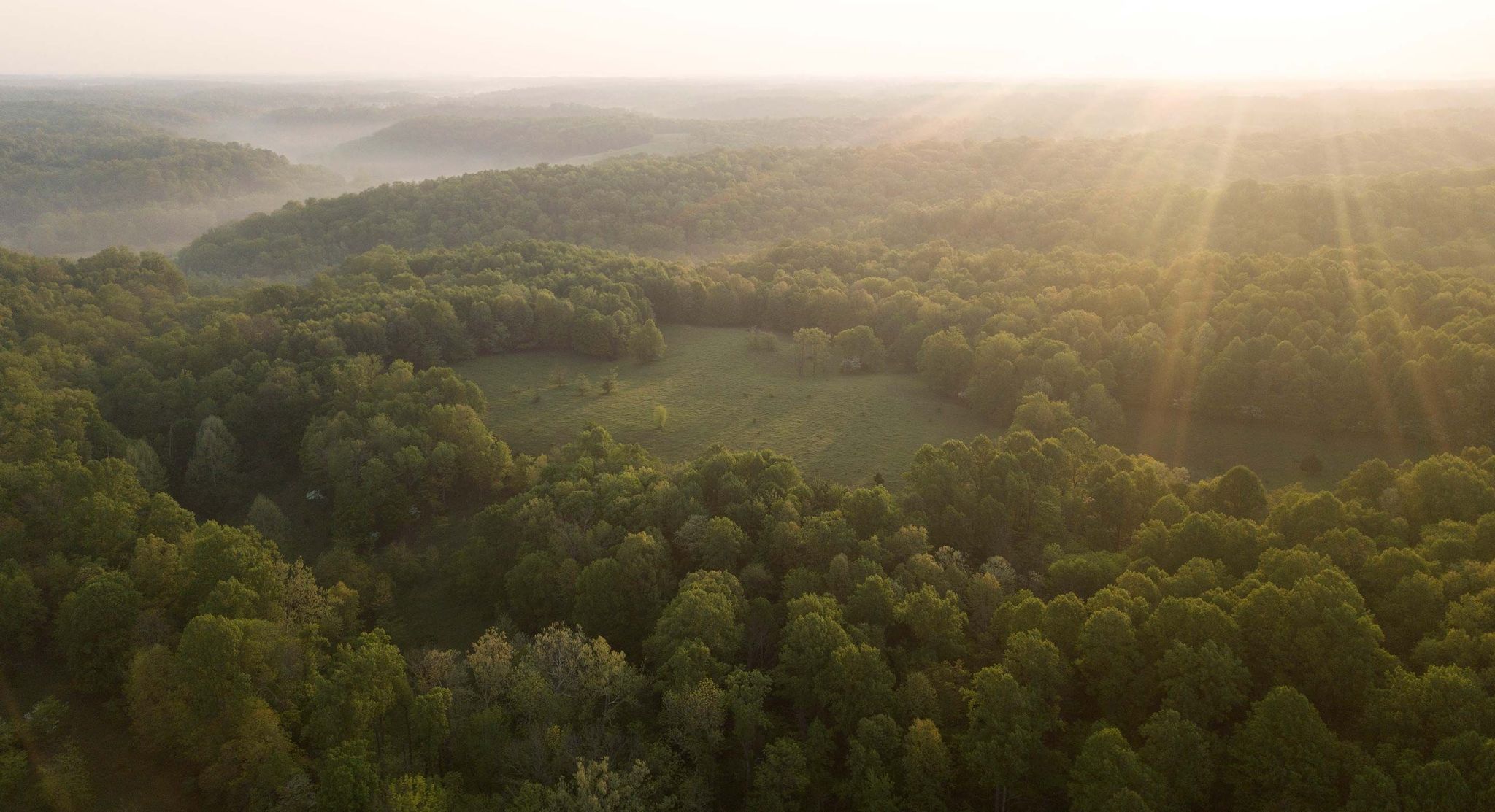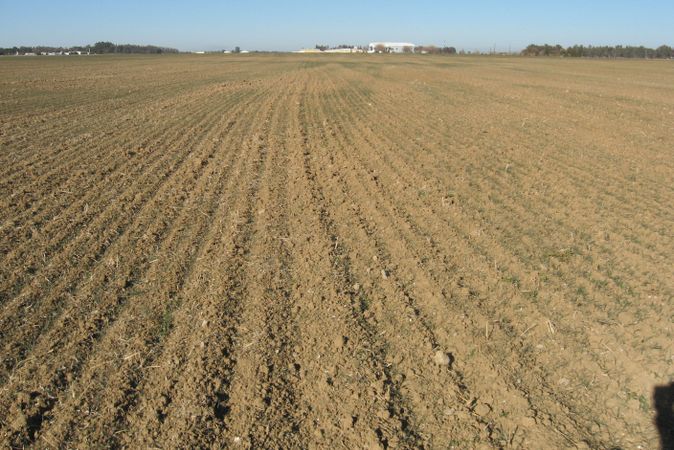You’ve decided that your main food plot for this year will be a mixture of clover, wheat, rye and a new seed that’s also good for hay called fridge triticale. Seed isn’t cheap. Nor is your time.
The ground held a fair amount of moisture at the time of disking, but after a few hours that moisture was wicked away by an unseasonably warm south wind. However, the forecast called for rain, so the seed was broadcast with a fair dose of 19-19-19 fertilizer. The ground looked nice and neat after one run through with the cultipacker and then all you had to do was wait for rain. But it never came.
Weeks later it still hasn’t rained and what little grass has sprouted is the product of a light dew that only occasionally falls. Sawtooth acorns and persimmons are nearly all eaten. The white oaks have a pretty good crop waiting to drop and then as far as productive, natural forage, that’s about it. Sure, there are other things deer will eat in the woods, but we’re talking about drawing them to huntable spots. Let’s consider a few options to help your fields along despite a drought.
Sprayer
It’s an expense, but purchasing an extra sprayer, that’s never held Round Up, can quickly and efficiently keep moisture in your dirt. Depending on where in the country you live and how often a drought occurs, the purchase of another sprayer could pay for itself within a few years. Think back and tally up the amount of seed you think has gone to waste over the years.
Collect Rain Year-Round
Buy, borrow or scavenge as many fifty gallons drums as you have corners, meaning place the drums around every structure you have on the property, or at least just enough to gather a sufficient amount of rain water. Like a man stranded at sea, think ahead for all the times the rain clouds avoid the areas that need them most.
For distribution, the sprayer is one option. Or, purchase a small bilge pump that hooks to a hose. Using the bucket of the tractor, lift the drum into the bed of a pickup or UTV and drive out to the field. Drop the pump in the drum and have someone stand in the back, spraying the field as you drive. If it’s a strong enough pump, hook it up to a sprinkler and move it from time to time to cover all sections of the field.
Irrigation
Obviously this would be ideal and probably more likely for full-time farming operations. If your neighbor takes care of the lack of rain with an industrial irrigation system, see about renting it for the winter. Again, this may not be the most viable solution, but it’s something.
Exude Patience
It’s hard to trust a weatherman, but watch his forecasts closely. Read the Farmer’s Almanac. Try to get a feel for the fall weather pattern. If you can, plant at the right time, despite the prescribed date. If it’s warm and sunny in December with ample rain fall, it’s okay to plant. Even though it’s getting on into November, many farmers are holding off adding clover to their hayfields where it hasn’t rained. Let the rains get on deck before slinging seed.
Learn a Rain Dance
You know what they say about desperate times… When the ground has been void of water for about 50 days, the seeds that haven’t sprouted likely never will.
Some areas of the country experience drought each year. Others have too much rain. And then some places have it just right. Reminds us of a fairytale from long ago.
We can’t control Mother Nature. But as smart, industrious humans, we can at least develop methods that allows us not to worry so much about her sometimes fickle habits.
Have suggestions? We’d love to hear them. Write to us on our Facebook page.







